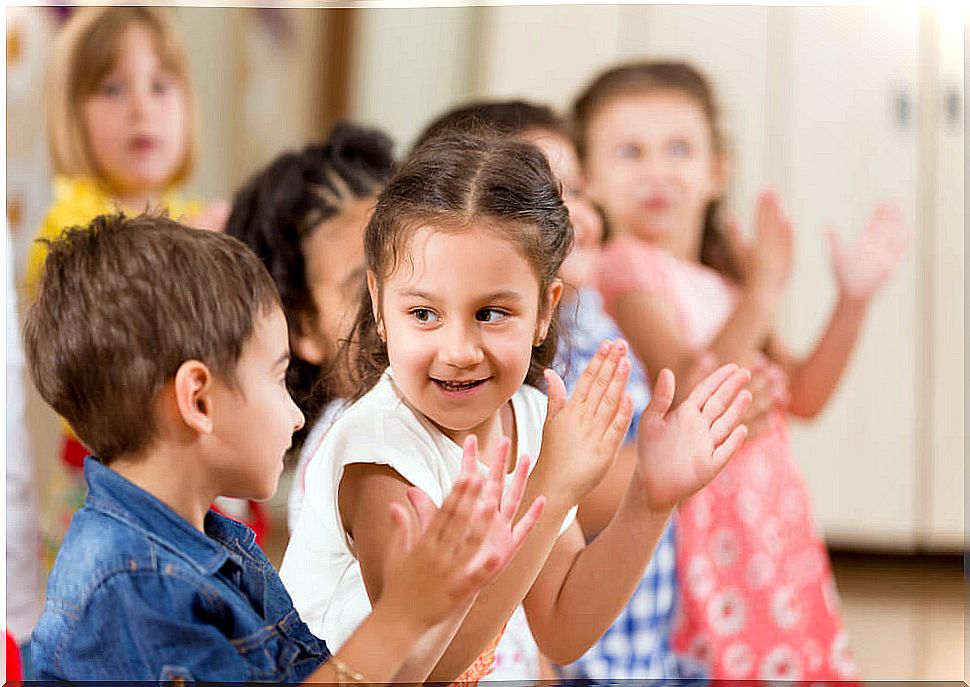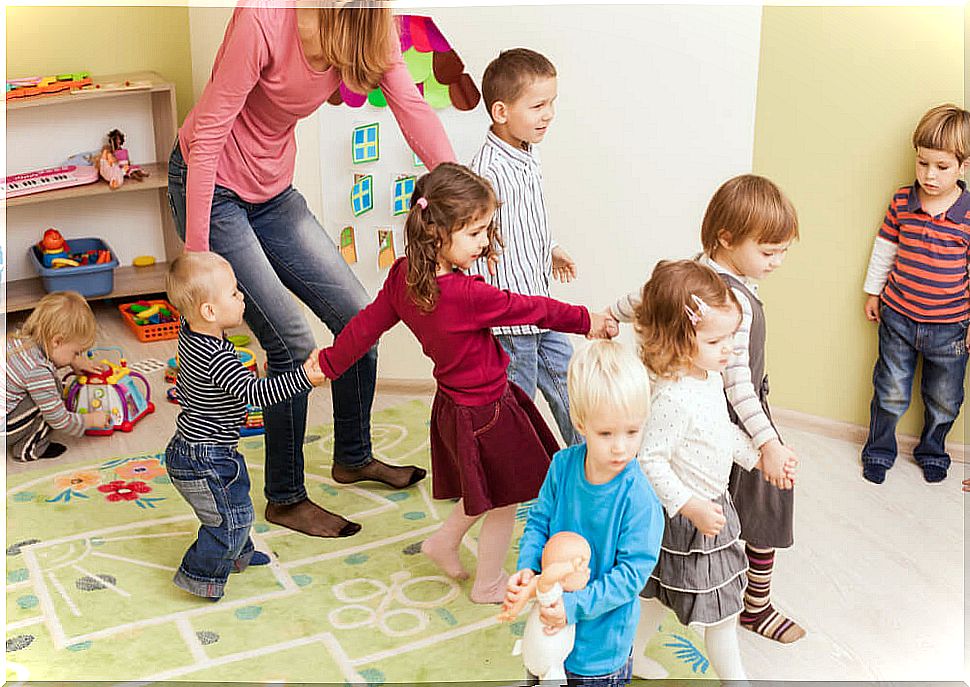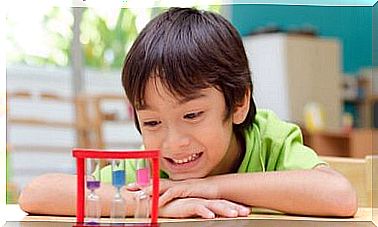The Importance Of Emotional Education In The Classroom

Social and emotional skills are said to be indicators of a person’s ability to adapt to their environment and change, and they are also indicators of future success. For these reasons we are going to see the importance of working on emotional education in the classroom.
Basic developmental skills such as awareness, emotional stability, sociability, and likeability can be as important, if not more, than cognitive intelligence in determining what a person will work on in the future.
It may seem difficult for educators to find effective ways to prioritize, teach, and assess these social and emotional skills, but you have to try. It is important to remember that the subject of emotions is not anything close to something that is fashionable. They must always be taken into account and treated as important as they are.
All cognitive education must involve an emotional and social education. We must not remember that emotions are in our life at all times, twenty-four hours a day. We live with them and we have to know how to handle ourselves with them.
The work of emotions in the classroom is directly correlated with the success and happiness that a child will have as an adult. For many boys and girls, in addition, school is the only place where any deficiencies in these capacities can be addressed.

Combine emotional education and academic development
Combining these emotional skills with academic development will enable high-quality learning experiences and environments that empower students to be more effective in their classes today, in their workplaces, and in society tomorrow.
Studies on working on emotional education in the classroom
In Ready to Lead , a report for the Collaborative for Academic, Social and Emotional Learning (CASEL) conducted in the United States, based on a survey on how emotional and social intelligence can prepare children and transform educational centers, there is data that supports the importance of supporting emotional education in the classroom with academic development.
The report cites a meta-analysis from 2011 in which it is found that those students who work on emotional education in the classroom have academic achievements up to 11 percentage points higher than those who did not work on emotional education.
Another study from the Organization for Economic Cooperation and Development (OECD) looked at these emotional abilities. It was revealed that a lack of emotion work in the classroom on a regular basis can be related to creating unfavorable situations in the future. Situations such as increased likelihood of unemployment, divorce, poor health, and even criminal behavior.
The report shares that advances in neuroscience show that working on this emotional intelligence in Early Childhood Education is fundamental.

How do teachers feel about working on emotional education in the classroom?
According to the CASEL report, interest in developing emotional intelligence is high among teachers and school administrators. Directors, specifically, tend to show great interest in working on this experience.
When will it become a priority?
Although the vast majority of stakeholders in education agree that it is important, they tend to be left out. Educators, normally, show more interest in the purely academic than in the integral development of the child.
It may be a matter of time before it is widely adopted. The widespread advancement of this emotional education necessitates a gradual change in pedagogy. It is a long and slow process, but very necessary.










